January 31, 2008
The US Government’s Head Implodes: A Well Planned March to Financial Disaster
“Nature abhors a vacuum”. — Aristotle, c. 350 BC.
“… a trillion here, a trillion there, and suddenly you’re talking real money.” — Laurence J. Kotlikoff and Scott Burns, “The Coming Generational Storm: What You Need to Know about America’s Economic Future.” (Stated with a tip o’ the hat to Senator Everett McKinley Dirksen.)

Not long ago, my wife and I were enjoying dinner with another couple. They were planning a trip to several of France’s great wine districts and invited us to join them. After sharing a brief glance, my wife and I told them that we didn’t have the cash at the moment to pay for such a trip. “Borrow it,” they said. “That’s what we’re doing. It’s the American way!”
Their statement was all too true. The US teeters on the brink of recession, or worse, and we have only ourselves to blame. We haven’t burrowed our way into this deep, dark hole; we’ve borrowed our way into it. And now, as our bills come due, rather than mending our ways, we choose to aggravate the situation.
Bread and Circuses
Earlier this week, television viewers the world over were treated to the annual spectacle of the US president’s State of the Union Address. The show presented the expected level of pageantry — men in dark suits and colorful ties, lots of red on the women. As for content, despite calls for bipartisan efforts, the event quickly turned into a comical three-ring-circus, with the Supreme Court impassive, Republicans popping up like Jacks in the Box, and Democrats generally stone cold and sullen. (Good grief, Hillary, you’re running for the highest office in the land. At least cultivate a poker face; pouting is unbecoming for a presidential candidate.)

As for bread, President Bush asked congress to quickly approve an economic stimulus package — a “tax rebate” to energize the gimping economy. Congress has yet to finalize the details, so for now I’ll refer to the “rebate” total as $150 billion, the amount currently bandied the most. This was one of the president’s few proposals that received applause from both Republicans and Democrats.
Only the government could dream of getting away with such recklessness. The US is in dire financial straits because of a debt crisis — our debts and entitlement commitments (Social Security and Medicare, for example) already run far beyond what we can hope to service without great hardship. This morass is not a temporary shock from a Hurricane Katrina; the problem — out of control deficits — is fundamental to our economy.
So what’s the government’s solution?
Borrow more money!
There’s one thing that the politicians aren’t proclaiming, but that should be made clear to all: They are not dangling a rebate before American citizens, no matter what they choose to call it. The government isn’t returning a portion of taxes paid; they have spent all of the collected taxes and then some by a long shot. And this isn’t manna from heaven. This is money to be borrowed by the government and to be paid back later, with interest. And who will refund the loan plus interest? If you pay taxes in the future, dear reader, you will.
My wife has commented, with respect to the proposed “rebate,” that this would be financed by a loan even if we were running a fiscal deficit of just $0.10. True, but an even more telling statement is also true. It would be based on a loan, even if we had a balanced budget. In fact, it would be based on a loan, if we were running a surplus any less than $150 billion. But we aren’t running a surplus less than $150 billion, or a balanced budget, or a $0.10 deficit. We are already in the hole more than $9 trillion dollars, and that’s just borrowed money. It says nothing about the government’s implicit debt, about entitlement obligations that are committed under law, amount to tens of trillions of dollars, and are coming due in massive quantities as the Baby Boomers retire.
From whom will the government borrow this money? For years the Chinese have bankrolled a significant share of our deficit spending spree. So now the government will borrow more from the Chinese and hand the dough over to the American public, who will spend much of it on… unnecessary stuff made in China.
Brilliant!
For an example of what I’m saying, take a look at this video.
Knuckle heads? Bone heads? Air heads?
“Vacuum heads” might be a much better description. The decision, to cure a debt crisis by increasing debt, shows that there isn’t much between the elected-ones’ ears. Either the politicians are foolish enough to think that this will deliver a net benefit to the economy, or they have a different agenda.
Why, one might wonder, would both Democrats and Republicans do such a thing, when it will at most give a short lived, little boost to the economy while deepening our overall fiscal crisis? It gives neither party an advantage over the other in an election year. One would have pondered a good question, to which there is a good answer.
Here’s a hint: Incumbency.
While the two major parties go at each other, those members of congress who are running for reelection have one thing in common that goes beyond party loyalty — the desire to be reelected. A little boost to the economy, timed to arrive on election-eve, will add strength to incumbency.
In the words of David Rosenberg, analyst at Merrill Lynch, “Since the rebate checks to individuals likely won’t be mailed out until May or June, the lift to consumer spending is probably going to be a short-lived third-quarter event.”
Just in time for the election. Gee, our representative/senator sure helped us — toys for the grandkids, couple of fine dinners out…
Those Darn, Stampeding Elephants
This blog has mentioned the penchant, not just in the US, for ignoring elephants charging around the room. When it comes to careening into financial chaos, such disregard seems to have become a favorite pastime.
The CNN article linked above states, “Getting people to spend more is only one way to fix the economy’s woes. To really get the economy back on track, what’s needed is an overhaul of the mortgage lending process in order to protect borrowers from overzealous banks pushing exotic loans that the borrowers really cannot afford.”
There’s one thing on which politicians and the mainstream media can agree: Blame the government and big business for this mess, but don’t hold the public responsible. (Wouldn’t want to offend voters or readers/viewers.) The fact is, however, that John and Jane Q. Public’s borrowing habits are a major cause of our current financial crisis. Slick salespeople may well be in part responsible, but I’ve read of no cases in which they’ve held guns to people’s heads to force them to take on subprime mortgages or to run up enormous credit card debts.
Some borrowers may have been over-encouraged or even intentionally mislead, but the borrowers are the ones who made the decision to incur their debts. The addiction to borrowing and committing beyond our ability to pay runs through American society as a whole.
At least one can credit politicians with a well-honed sense of irony. Unless we raise taxes and cut entitlements soon, the retirement of the Baby Boomers will gravely undermine and possibly ravage the US economy. Yet this current “fix” is proposed during the very month that the Boomers have started to retire.
My wife and I will be saving our “rebate,” not spending it on toys or dining out. In so doing, we will make the funds available to businesses so they can increase capital investment and employment. This will also offer us the prospect of earning a return, so we can afford to pay back this loan along with the interest that it incurs.
For now, borrowing is indeed the American Way. Sadly, many of us may soon be saying, “We’re going bankrupt. It’s the New American Way!”
Comments Off on The US Government’s Head Implodes: A Well Planned March to Financial Disaster

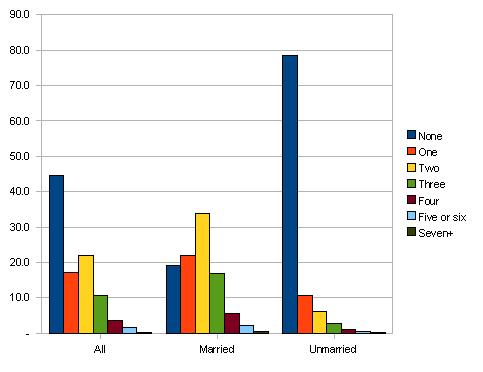
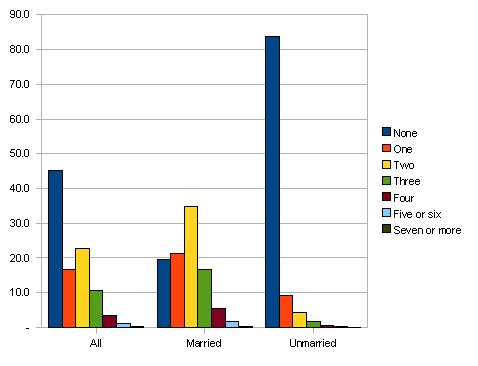
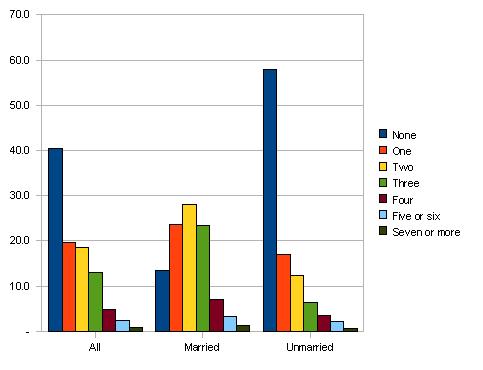
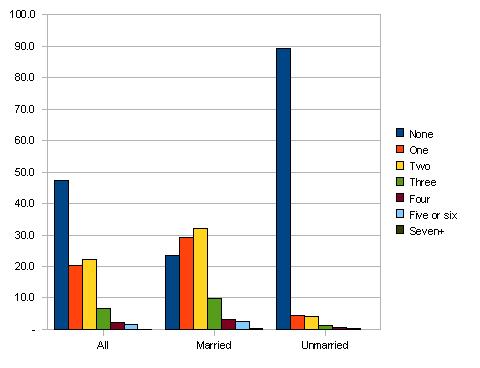
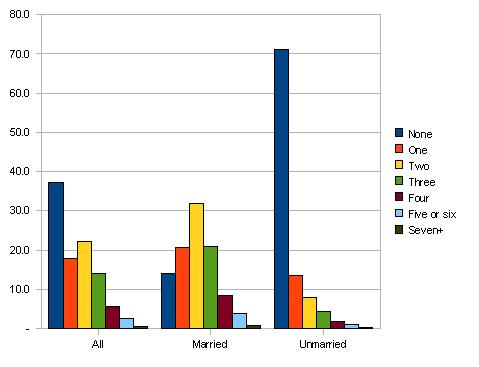
 Comments(1)
Comments(1)
